’13 Reasons Why,’ welcome to your tape
May 25, 2017
Because you are reading this high school newspaper, I can safely assume that you spend a good deal of time around teenagers. If that assumption is true, I can even more safely assume that you have heard about “13 Reasons Why”, the recent Netflix mini-series of Jay Asher’s novel telling the story of high school student Hannah Baker, who dies by suicide and leaves behind 13 cassette recordings regarding her death. That is where my assumptions will end, and assumptions of “13 Reasons Why” and its producers begin: careless, overstepping assumptions that turned the story from a meaningful novel to a shallow and dangerous TV show.
The series has already drawn in more than its share of controversy from psychological associations and school organizations, leading to a TV-MA rating, content warnings, and high-visibility placement of mental health resources by Netflix.
This is not enough.
“13 Reasons Why” is inherently problematic, not just for the graphic scenes that earned it its ratings and warnings, but for the way it treats Hannah Baker’s story.
The first and foremost problem is that the story is less about Hannah’s suicide and more about narrator Clay trying to “solve” it, which dramatically cheapens and oversimplifies suicide. The series portrays all sorts of horrific wrongs done towards Hannah, but remarkably little about the character herself.
Not only does this storytelling reinforce the false idea that suicide has someone to blame, but it utterly neglects to cover the ongoing epidemic of adolescent mental illness. “13 Reasons Why” glosses over crucial internal mental health problems, and in doing so portrays false images of teen suicide that make genuine dialogue about support for at-risk teens that much more difficult.
Additionally, the series presents the ongoing idea that Hannah’s suicide started a chain of events bringing the peers who hurt her to “justice”. I cannot stress enough how harmful this message of suicide as revenge is, especially when this message is being targeted towards such an impressionable demographic like us. Along with demonstrating a deeply problematic message regarding suicide as a whole, that message leads to images of people who die by suicide as vengeful or selfish. Again, a frighteningly harmful message like this has no place in such a lauded production.
Lastly, there is no imagery in any of the series’ 13 episodes of these teenagers actually seeking help for the mental trauma and social distress they undergo throughout the series. “13 Reasons Why” is more about the events leading up to Hannah’s suicide than Hannah herself: car accidents, abuse, stalking and rape are all depicted in graphic detail, but the mere presence of these images is not the problem. The problem is that the series portrays these tragedies as unstoppable forces pushing Hannah to instability. They are not. Suicide is preventable, and there are myriad ways to do so; by not showing any of these, the series builds a blatantly unhealthy image regarding how people become suicidal.
The cloud of controversy and argument that “13 Reasons Why” has kicked up highlights the ongoing need for candid and well-informed changes to the way we think about suicide as a society. Though Netflix’s attempts to protect viewers through ratings and resources are well-intended, they do nothing to combat the series’ blatant misrepresentation of a suicide story.
In addition, a second season for the series has been confirmed, and it will continue the toxic search for a person to blame for Hannah’s suicide. Netflix and the series’ producers are far more engaged with profiting off of suicide’s dramatization; a much more sensible option would have been tracing the story of the second suicide that occurs in the first season (this time without the gross distortion of suicide’s causes and effects), at least partially righting the wrongs of the first season.
Nobody can be faulted for initiating valuable and necessary dialogues to have about mental health, but the way the series started these conversations was unwieldy and dangerous. Though many people have found solace in the series, repeated problematic undertones have rendered the cultural wave behind “13 Reasons Why” much more of a problem than a solution.

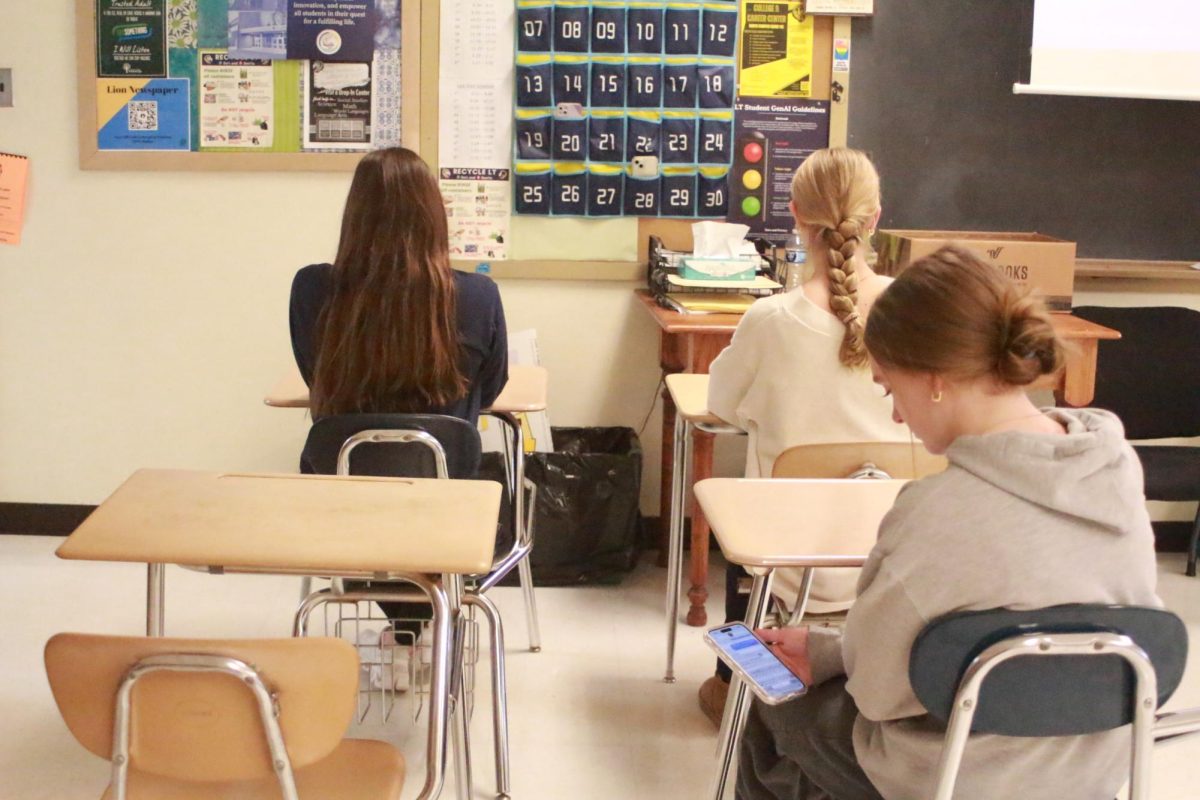


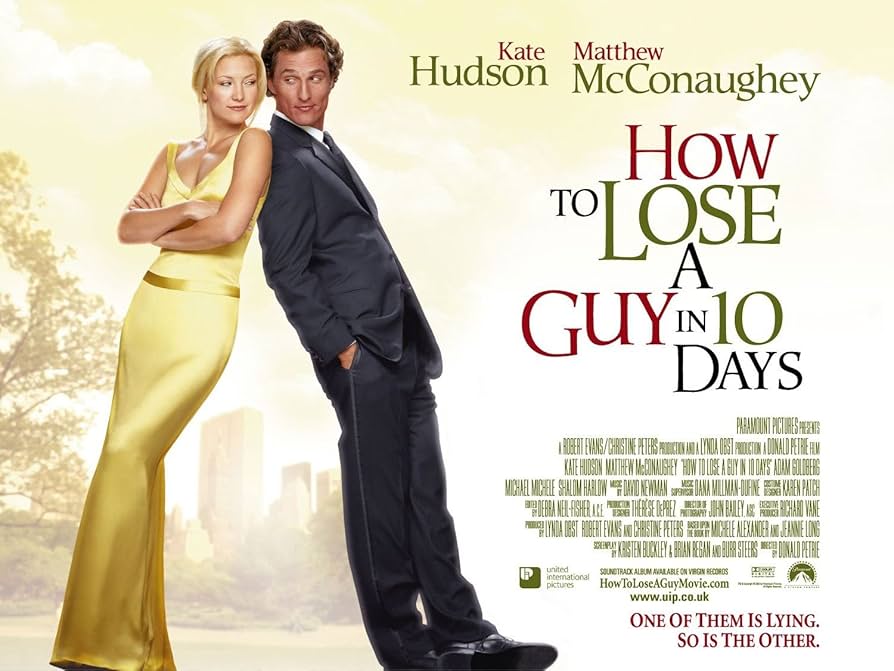
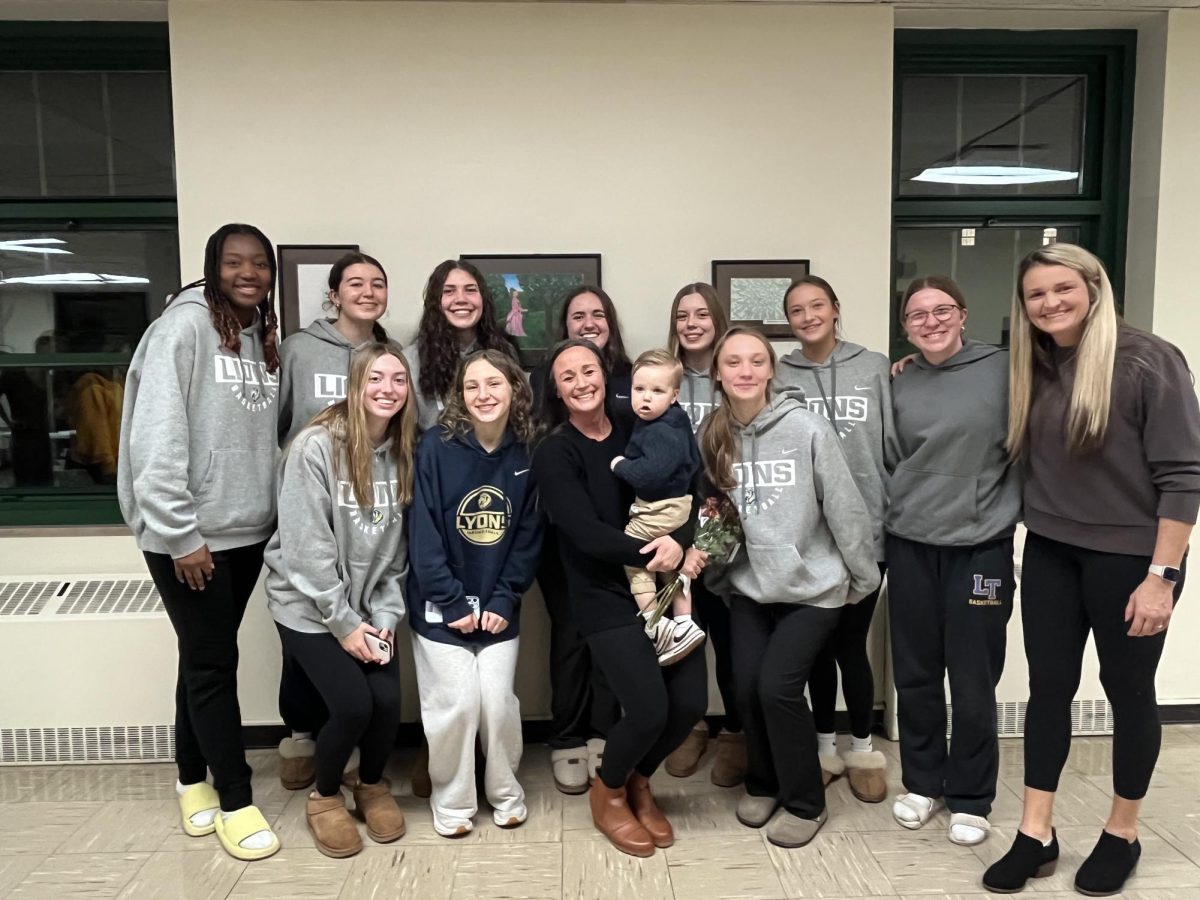


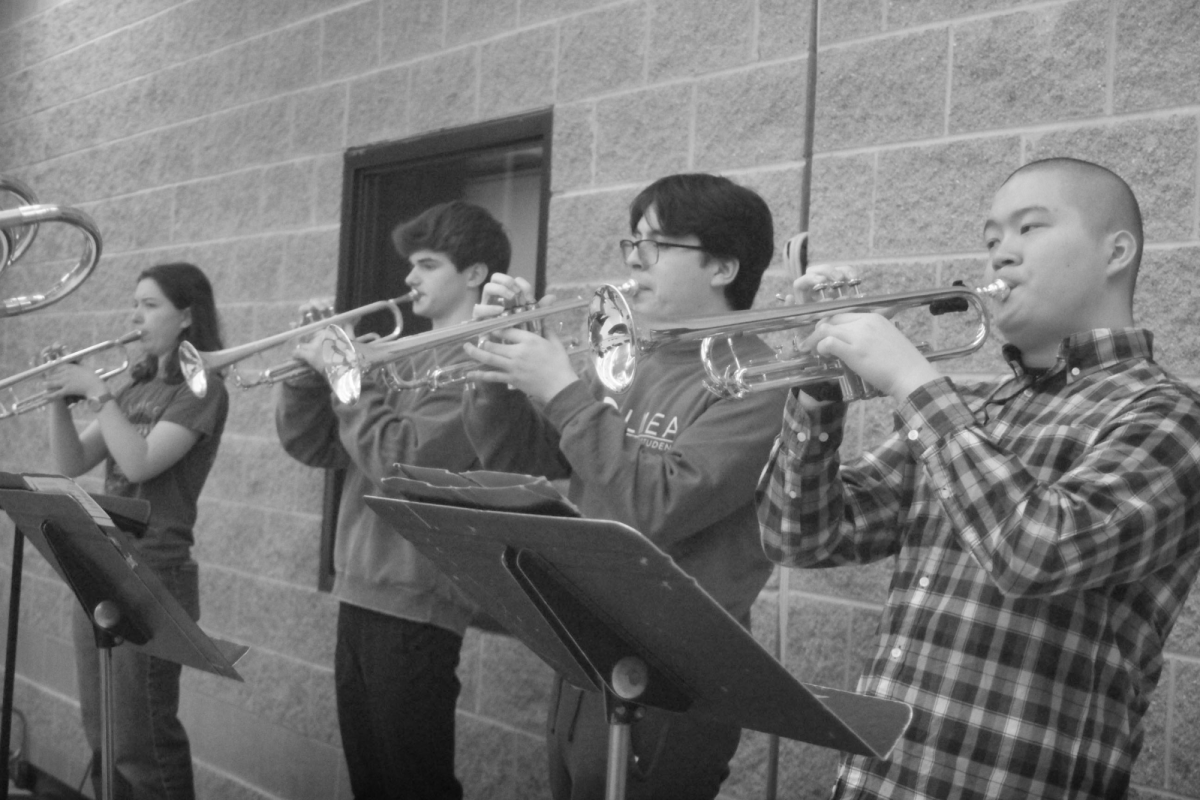

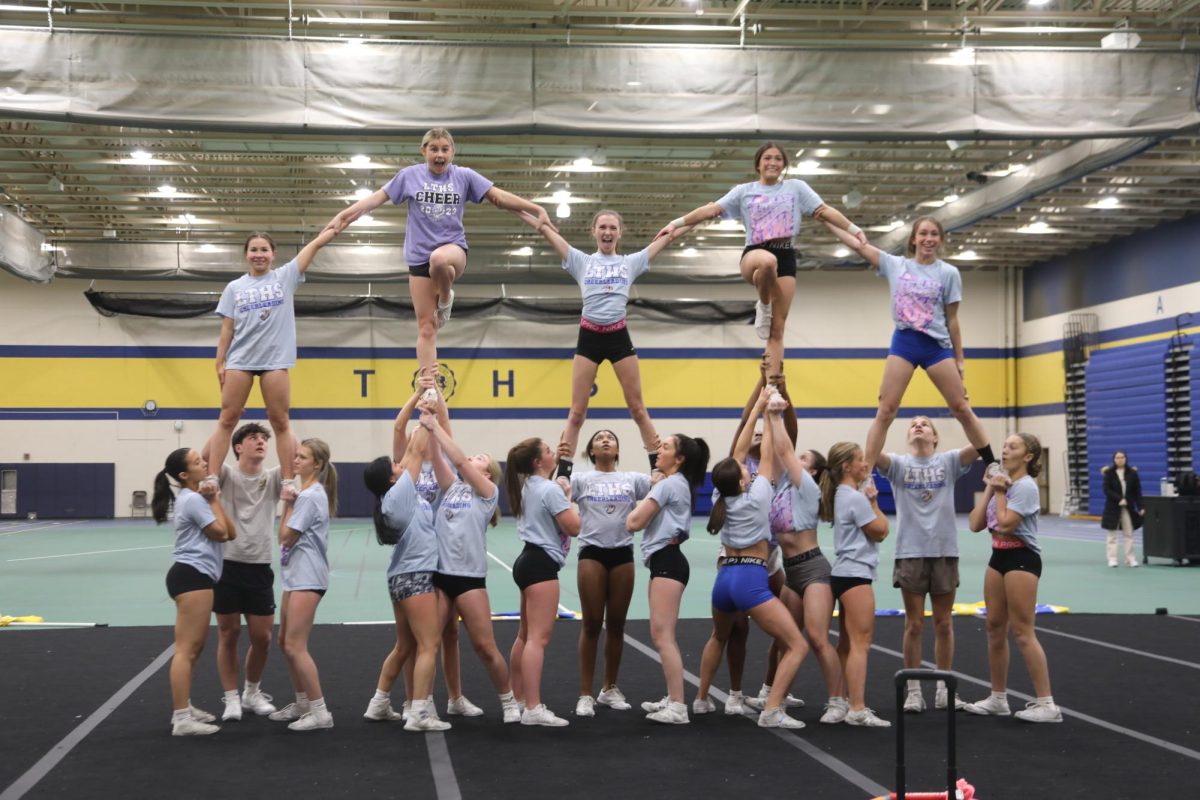
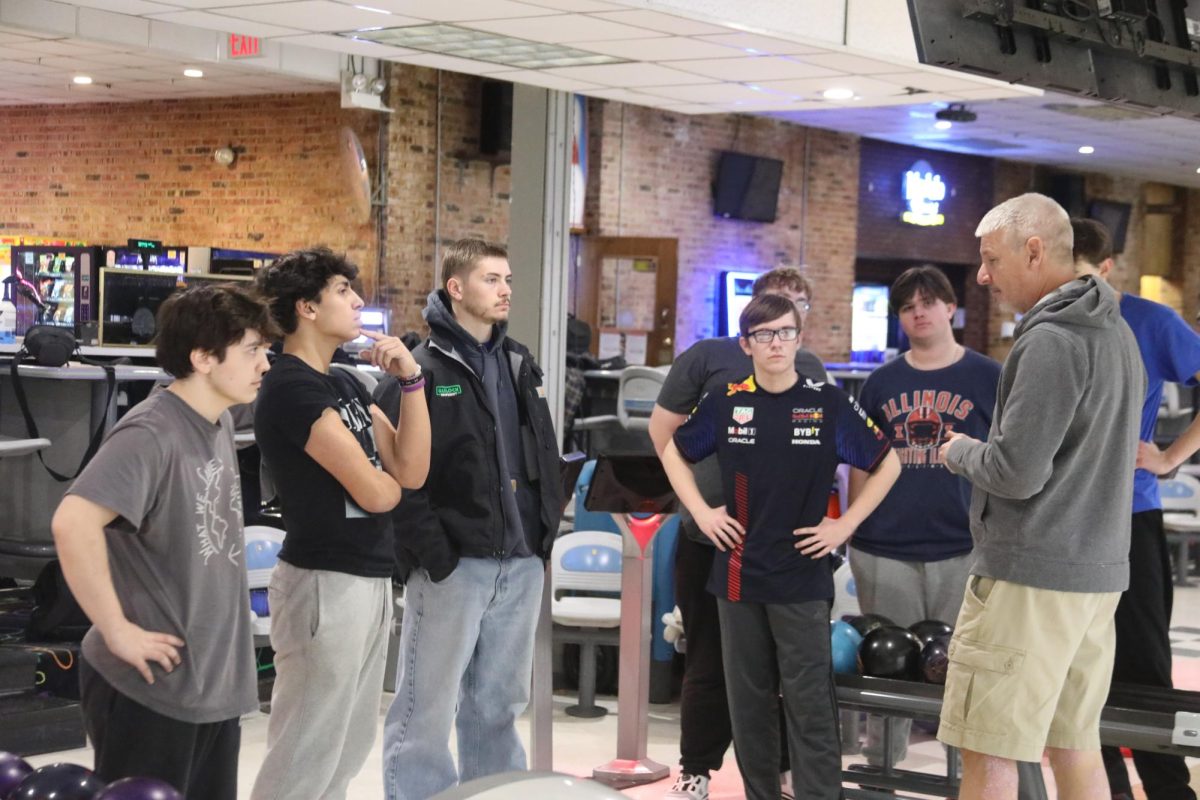





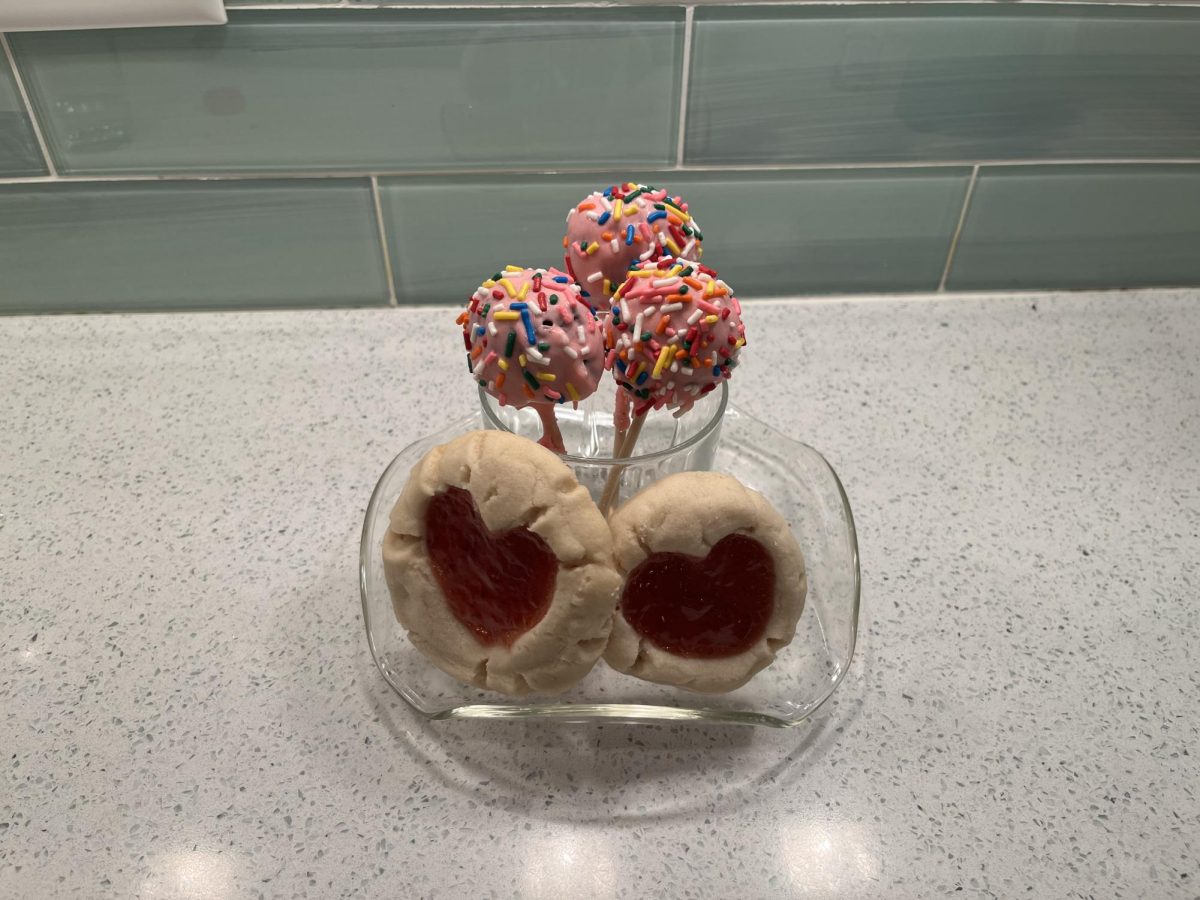




![Movie poster for '[Rec]" (2007).](https://www.lionnewspaper.com/wp-content/uploads/2023/04/rec-640x900.jpg)
